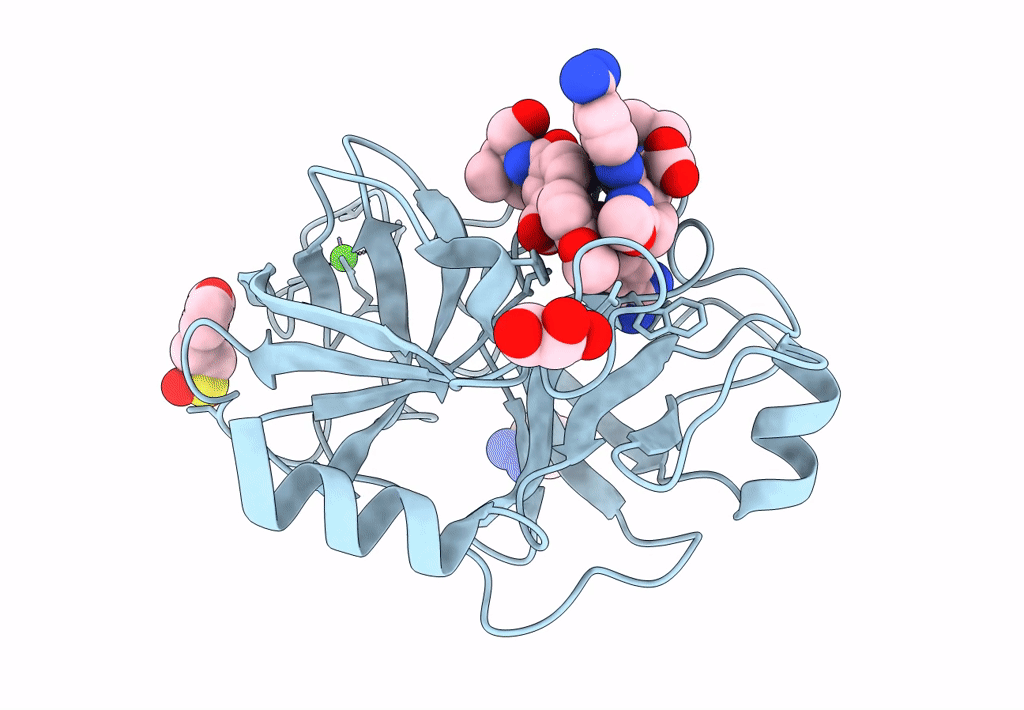
Deposition Date
2005-09-09
Release Date
2006-01-17
Last Version Date
2025-04-09
Entry Detail
PDB ID:
2AYW
Keywords:
Title:
Crystal Structure of the complex formed between trypsin and a designed synthetic highly potent inhibitor in the presence of benzamidine at 0.97 A resolution
Biological Source:
Source Organism:
Bos taurus (Taxon ID: 9913)
Method Details:
Experimental Method:
Resolution:
0.97 Å
R-Value Free:
0.15
R-Value Work:
0.13
R-Value Observed:
0.13
Space Group:
P 32 2 1


